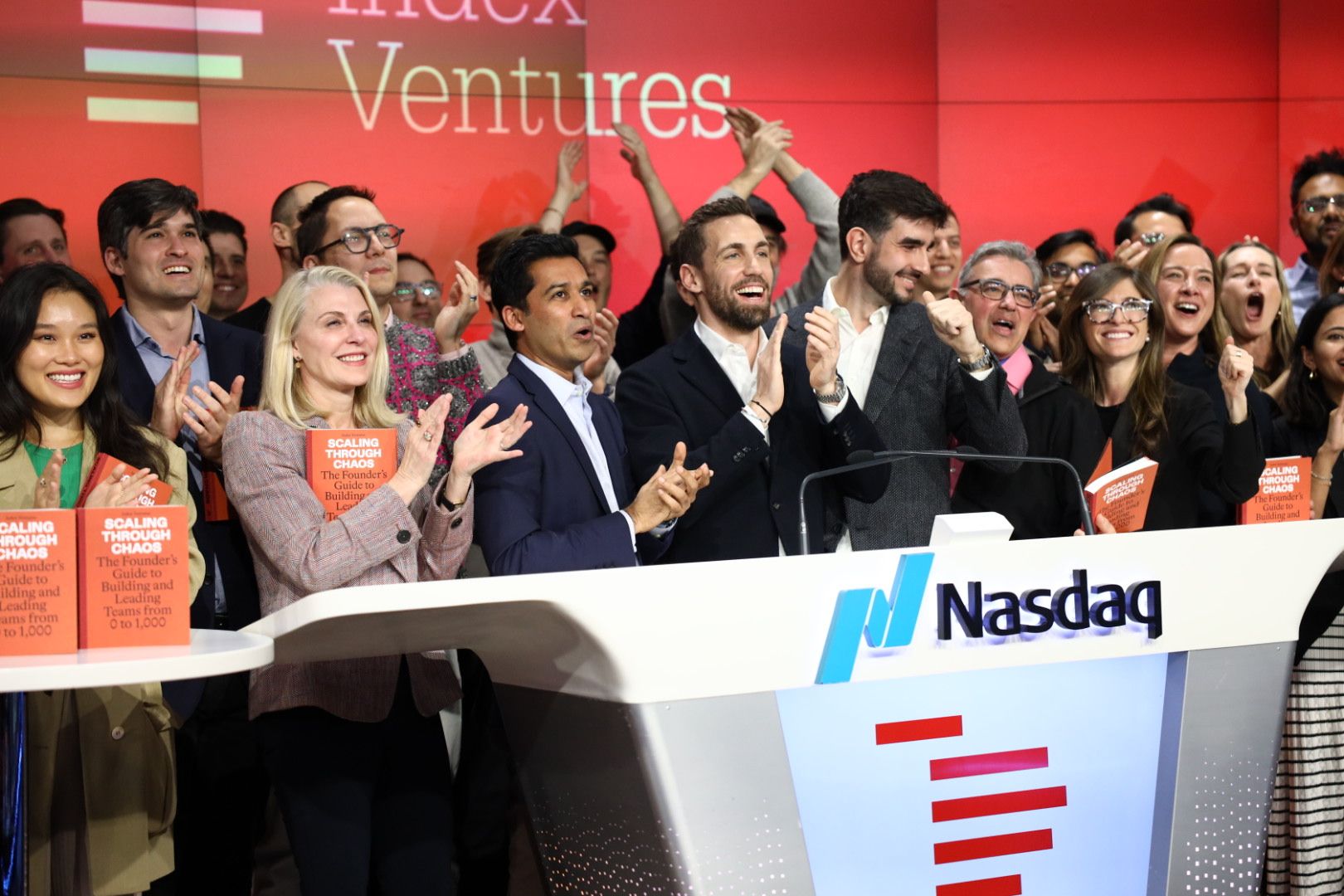The Adoption of AI Will Change the Software Value Chain

Artificial Intelligence has captured our interest and fascination at Index Ventures for many years now. With investments in companies like Scale, Aurora, Covariant, Cohere, Arthur.ai, Lightning, DeepScribe, Gong and many others, we’ve been firm believers and advocates of the incredible potential of this technology.
As we head into 2023, we continue to look at AI as one of our most important investment areas. Our talented data and infrastructure team got together to collectively identify the major trends in AI and distill our insights into four key pieces. We’ll be releasing them once a day for the rest of the week in hopes that the series will be useful to other operators, entrepreneurs, and investors in the space.
The adoption of AI will change the software value chain.
And just as we saw SaaS emerge with the rise of Cloud, new business models will emerge for the AI-native stack.
Fifteen years ago, the rise of cloud computing led to a platform shift for software, ushering in the era of Software as a Service. Instead of having to set up servers and configure databases, enterprises now outsource those activities to teams of experts running managed services for thousands of customers simultaneously. Companies building new software products can now focus on building incredible experiences for specific user workflows, rather than worry about the many different databases and services running under the hood.
SaaS has allowed companies to pay for any software to be managed for them whenever it’s not core to their business. This has generally made software products cheaper, more secure, more scalable, and faster to update and improve. We have seen the software value chain shift dramatically during the last decade, which has led to a massive transformation in the technology ecosystem.
At Index we think we are in the early innings of a new platform shift, this time powered by AI. This platform shift is predicated on two things: first, we believe that within a decade, AI will be a core component of every piece of application software that’s built and shipped. Second, that this wave will be powered by the widespread adoption of foundation models. And similar to how the rise of cloud computing disrupted software value chains and led to the emergence of new business models, we believe that we will see a similar phenomenon as our AI thesis is realized. We don’t exactly know what these new business models will be, but we have some ideas about how the software value chain is changing and are starting to see early signs of new models emerging.
For instance, similar to the rise of cloud vendors a decade ago, we see a new class of company emerging that will specialize in maintaining the latest up-to-date foundation models based on the most cutting-edge research. We think that there will be only a handful of companies in this category because it is expensive, requires deep knowledge to train and administer large models, and like cloud vendors the product over time is somewhat commoditized; the value comes from their massive scale. Most of these companies, like the cloud vendors themselves, are operating with some sort of pay-by-volume business model.
At the application layer, we believe that over time business models will shift to capture more customer-specific value unlocked by AI. Instead of simply paying for use à la SaaS, we envision a world where customers are able to pay based on level of customization or personalization within the product, for instance a model fine-tuned to the industry, the organization, or even the individual. With this in mind, we are investing in companies like Gong and DeepScribe whose business models benefit from a product that gets increasingly customized to the user or customer over time.
We initially invested in Gong in 2020. Their product records sales calls and allows leaders to analyze performance, uncover trends in customer feedback, and help train and coach reps. When an organization adopts the product broadly, Gong captures a rich dataset of their conversations with customers. This in turns allows Gong to customize their offering, improving the user experience in ways that are highly specific to a particular enterprise.
DeepScribe’s product captures doctor-patient conversations and generates a structured doctor’s note for an electronic health record using AI. It’s another example where continued use increases the product’s value for a specific user (e.g., a doctor with a particular style) or a group of users (e.g., doctors of a certain specialty or within a particular hospital group who follow consistent standards).
In both cases, with continued use of the products, customers put more of their own data into the product, and the AI is able to improve in ways that are highly specific to them. We see this as a route for AI-native companies to build a moat and capture value that grows over time.
This also creates an opportunity for a new type of managed infrastructure company, which helps software companies provide hyper-personalization on top of the foundational model providers. There is huge complexity in fine-tuning at scale, and lots of interesting questions around generating, managing, and administering large volumes of data and models. We see a new generation of infrastructure providers emerging to capture this link in the value chain, similar to the rise of database providers of recent decades. Companies in our portfolio like Scale AI (Index invested in 2018) and Humanloop (Index invested in 2020) are making it easier for teams to deploy models in their products without having a lot of specific machine-learning expertise. Their products allow users to compare, and fine-tune the performance of, models using human labels and real-time user feedback.
Our core thesis for what makes a great AI company hasn’t changed. We will back founders focused on building exceptional products that unlock value for their customers. But we do expect to see lots of experimentation with business models over the next few years. We have our theories for what will work and what won’t but are intentionally open-minded as we continue to invest in this space.
Additional perspectives in this series:
Every software application will incorporate AI
Foundation Models will eventually be the basis of all AI-powered software
The adoption of machine learning will resemble the adoption of Databases
Published — Dec. 13, 2022

